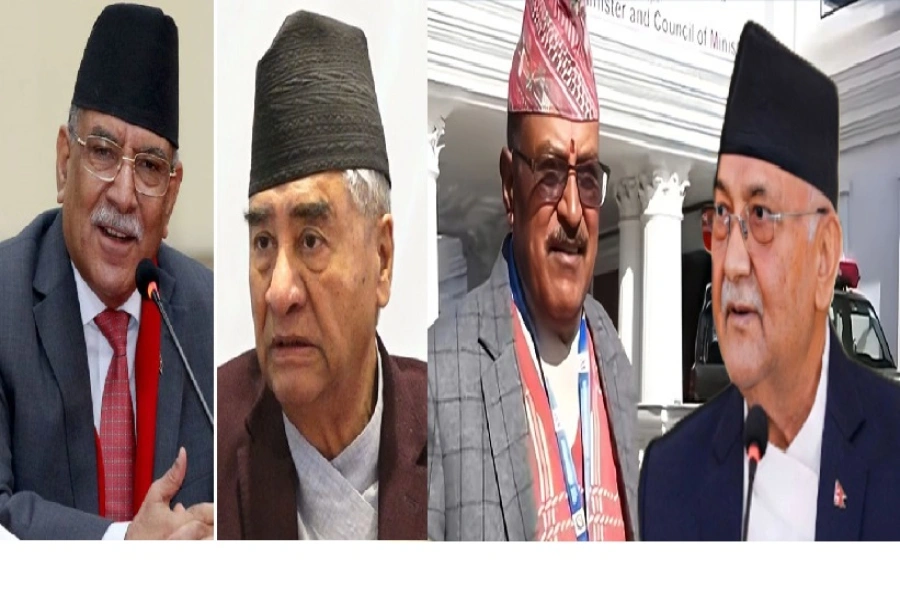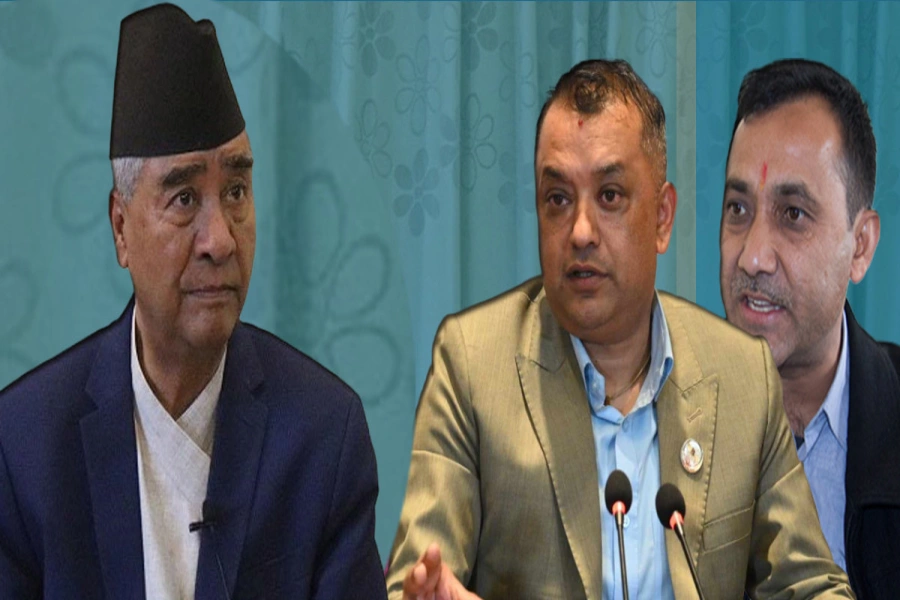In developing countries, a high proportion of economic activity is controlled, directly or indirectly, by the government, where the political process determines the allocation of resources. However, in advanced countries, the budget is a mechanism by which taxpayers and their representatives control the financial activities of the government, distributing public power between different sectors and creating a system of checks and balances.
In Nepal, a developing country, the recent federal budget of Rs 1.86 trillion, presented in Parliament by Finance Minister Barshaman Pun on May 28, 2024, represents the government's economic and fiscal policies and programs as a major economic driver. Out of the total budget, Rs 1.14 trillion is allocated for recurrent expenditure, Rs 352 billion for capital expenditure, and Rs 367 billion for financial management. The source of financing will be Rs 1.26 trillion from revenue, Rs 52 billion from foreign grants, Rs 216 billion from external loans, and Rs 330 billion from internal loans. The government projects an economic growth rate of 6 percent in the next fiscal year and aims to limit the inflation rate to 5.5 percent.
Currently, in Nepal, there have been some accomplishments in building an economic foundation for national development. For example, it has entered the Indian market by exporting hydroelectricity, cement, and iron steel as new and reliable products. Similarly, the export of IT software, garments, carpets, and handicrafts to the US and other countries has also increased considerably. The tourism sector has been revived with increased arrivals of tourists and earnings, and to meet the target of 1.6 million tourists next year, it is necessary to operate international flights from new international airports as Kathmandu airport is already saturated. The nation has entered the era of tunnel highways, as the Nagdhunga Sisnekhola tunnel and two road tunnels in Kathmandu Terai Fast Track have achieved breakthroughs, and others are near completion. Similarly, the main tunnel of the Sunkoshi-Marin Diversion Multipurpose Project for irrigation has also been completed. Five assembly plants for two-wheeler and three-wheeler vehicles and one assembly plant for four-wheeler vehicles have started production in the country, with others in the pipeline. Electric vehicles are replacing fossil fuel vehicles, resulting in a decline in petroleum imports. Such programs have been planned to continue in the present budget too.
Experts criticize budget 2025/26 for failing to address economi...

This budget seems well-prepared, having been presented after the Nepal Investment Summit held last month and following extensive deliberations with the private sector and stakeholders. It focuses on expanding the rural economy, improving the agricultural sector, and promoting information technology, export-oriented businesses, and startups. The budget emphasizes modern infrastructure development, such as tunnels, expressways, flyovers, underpasses, and overpasses. Moreover, the total electricity capacity of the national grid will reach 4,500 megawatts next year, and construction will begin on the Budhigandaki hydropower project and the Nalasingad reservoir project.
Various programs aim to uplift regions like Madhes, Sudur Paschim, and Karnali, including support for Dalits, oppressed castes, and impoverished communities. The budget also seeks to curtail recurrent expenditures by merging some federal offices. The government plans to legalize marijuana cultivation and consumption for medicinal purposes. Institutional measures for protecting depositors in the cooperatives sector address issues in cooperatives. Other positive steps include utilizing remittances in the productive sector through a Sovereign Wealth Fund and obtaining a Sovereign Country Rating by international companies. The new provisions of Green Tax and the Double Taxation Avoidance Agreement are commendable. Additionally, the introduction of waterways with terminals on the Sunkoshi and Narayani rivers adds a revolutionary dimension to water transportation.
Despite favorable foreign currency reserves from remittances, satisfactory liquidity in the financial system, and falling interest rates supported by monetary policy, the federal budget has faced unavoidable issues and concerns for several years. Nepal’s economy is projected to grow by 3.8% this fiscal year, which is insufficient for satisfactory development in businesses, unemployment, and addressing stagflation and recession. The economy's underperformance is driving millions of youths to seek jobs and education abroad, and according to a report by Nepal Rastra Bank, they take out nearly two and a half times more foreign currency than foreign tourists bring in. The budget size, revenue collection target, and loan amounts seem high.
Nepal’s fiscal system is already under pressure due to the issuance of source certainty letters by the Ministry of Finance to different ministries to start infrastructure projects, reaching around half a trillion rupees. Contractors face payment delays even after project completion. The acceptance of debts without specific, pre-evaluated programs—both external and internal—raises significant concerns, as these debts are piling up without satisfactory or certain accomplishments. Foreign Direct Investment (FDI) is not increasing satisfactorily due to Nepal's lack of a conducive environment to attract the required FDI for development. Only reforms in the agricultural sector truly benefit farmers and marginalized communities, which are weakened by the import of highly subsidized Indian food items at zero tariff rates, lack of fertilizer and inputs, and domination of intermediaries. The manufacturing sector has also declined by half over the past decade. However, the budget introduces measures to support agriculture and manufacturing sectors, such as VAT exemption on potatoes, onions, and apples. Despite improvements in the service sector, benefits do not reach farmers and poor communities. Banks have more than 500 billion rupees in liquidity, but investment demand is not increasing. To encourage investment, banks should be incentivized to invest in productive sectors rather than concentrating on real estate, shares, and cars. The low percentage of loans offered by banks in productive sectors does not significantly support poverty alleviation. Banks must adopt project financing models and use their international networks to bring investment into productive sectors.
The finance minister has made efforts to address many issues and concerns of the business community, investors, and national development. However, large industries suffer from policy instability, and many micro and small enterprises are at risk of shutting down due to lack of market demand and absence of financial relief packages in the budget. Unaddressed issues include implementing multi-rates in VAT, allowing foreigners to buy flats or apartments, establishing challenge funds for private sector projects, starting the excavation of important high-value minerals, protecting import-substitution domestic industries, and providing ration cards to people below the poverty line.
In total, the budget attempts to shift from traditional characteristics with new promises and emphasizes transformative plans and programs. The private sector, which is supposed to drive the economy, is often dissatisfied, claiming they never receive the necessary environment to fulfill this role. This budget makes some efforts to address these concerns. The role of sectoral ministries and concerned organizations during the implementation of budgetary provisions, especially on capital expenditure and project achievements, remains crucial for the budget's success. Their constructive involvement is key to high accomplishments.






































